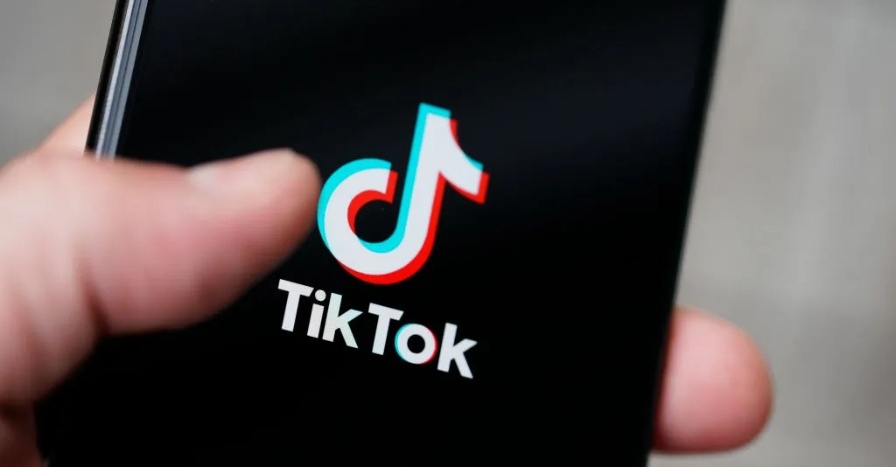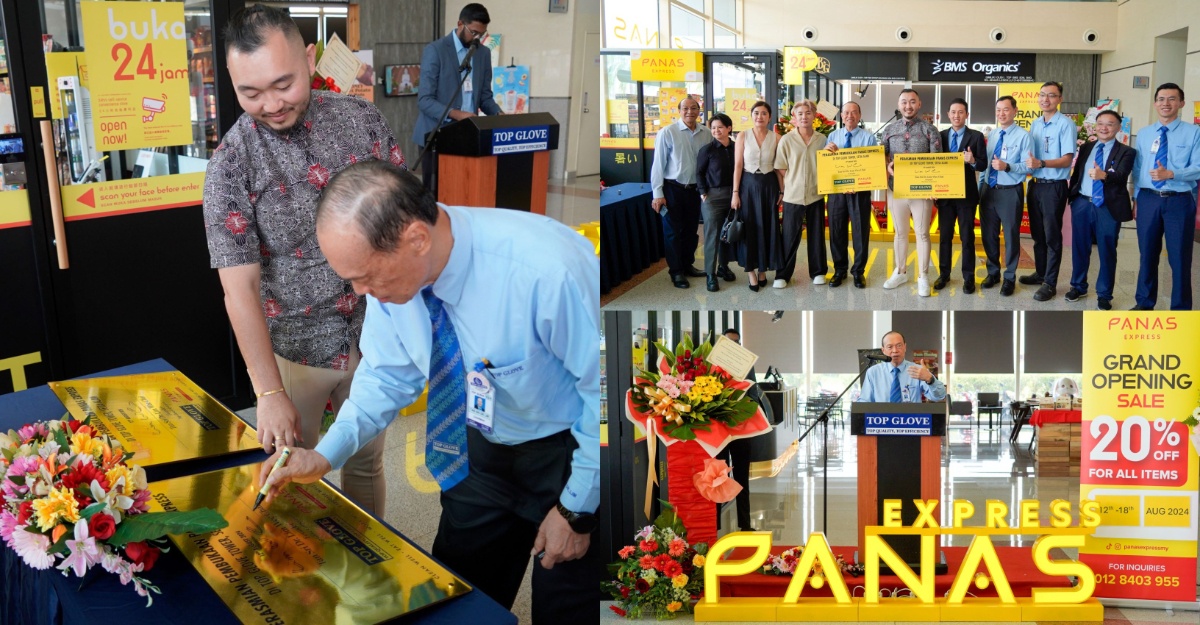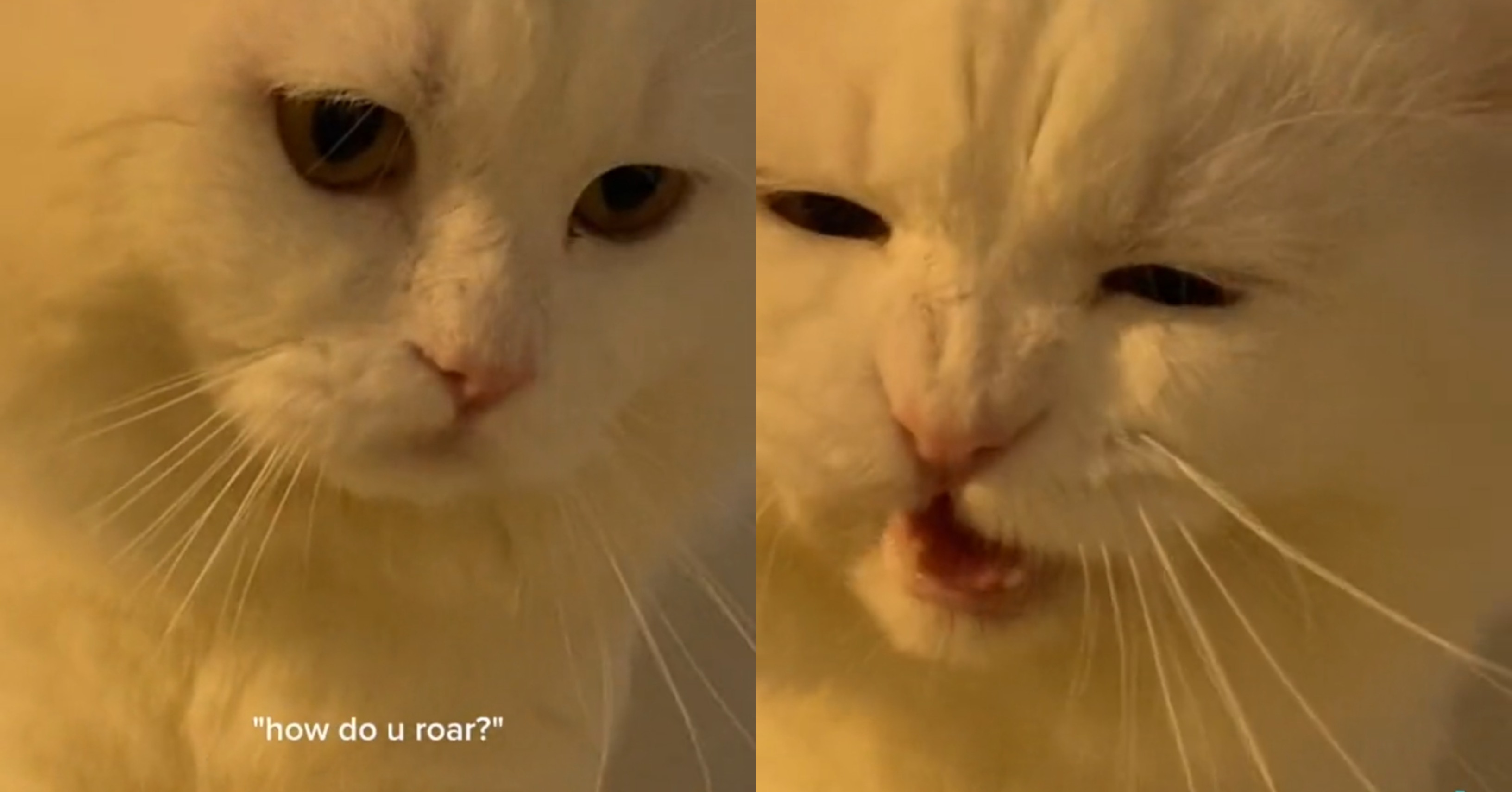To encourage youths to make more discerning choices surrounding dangerous challenges and keeping themselves safe online, TikTok, a leading destination for short-form mobile video, recently held a live digital literacy panel as part of its ongoing commitment to user safety.

The discussion, titled Dumb Ways to Hurt Yourself Online, saw representatives from various backgrounds, including parents and youth who are TikTok creators themselves dissect the rationale behind youths choosing to engage in dangerous challenges, and how this can be circumvented through collective effort.
“On TikTok, we encourage our users to be creative in the manner that they express themselves – however every action has its consequences, and we want them to be aware of how their choosing to engage with harmful content can endanger themselves and others. TikTok is committed to ensuring the platform is a safe space, and encourage our creators to #thinkb4youdo so they can influence others around them to do the same. We have a refreshed safety guide and an in-app Digital Literacy Hub that acts as a one-stop portal that anchors all of TikTok’s educational initiatives around mental wellbeing, cyber wellness, minor safety and other digital literacy topics,” shares Kristoffer Eduard Rada, TikTok Head of Public Policy, Malaysia.

Encouraging youth to make more informed decisions for greater impact
While the responsibility to create an online space is a collective one that involves the efforts of users, governing bodies and parents for their children, having open conversations surrounding harmful content is important so that youth are more aware and empowered to stand up and speak up for themselves instead of simply jumping on the bandwagon.
To curb such practices from gaining in popularity, users are encouraged to report any harmful or dangerous challenges – where swift action will be taken to prevent the spread of such content.
Nizam Arshad, Chief Development Officer at Malaysian Communications and Multimedia Commission (MCMC), reiterates the commission’s efforts to drive greater digital resilience, and commends platforms such as TikTok who are taking steps to encourage youths in this segment.
“In this digital era, it is no surprise that most children at the age of 13 have access to a smartphone and are spending an increasing amount of time on social media. While many children and teens have the ability to distinguish between internet and reality, some content remain ambiguous. Therefore, it is up to the guardians, parents, religious institutions, corporates, regulators, and society in general to create awareness that there should not be a disparity between internet and real life.
“It takes joint effort to educate children to act consistently both online and offline. At MCMC, we are committed to regulating content on the internet such as those that are obscene, dangerous, and malice in nature to protect users. We are glad that more and more organizations such as TikTok have also joint in the conversation to make the internet a safer space for all.”
This panel is part of TikTok’s efforts to create a welcoming environment for everyone and follows the launch of a new in-app Digital Literacy Hub in February. The Hub is a one-stop portal for users to access TikTok’s educational initiatives surrounding mental wellbeing, cyber wellness, minor safety, potentially dangerous online challenges and other literacy topics via videos, quizzes, scenario-based learning content and educational content.
To encourage and inspire teens to adopt positive online habits and be #SaferTogether, TikTok has also announced three updates in their continuous Trust and Safety initiatives comprising a new Warning Label in their videos, a new Safety Centre page and in-app safety guide.
Visit the Digital Literacy Hub here to find out more about TikTok’s ongoing safety initiatives for Malaysia. TikTok is available for free on iOS and Android via the Apple Store, Google Play Store and Huawei AppGallery.
Appendix – Panellist Quotes
Parent and TikTok creator Wan Fatin Sufina, whose teenage son is also an avid user of TikTok, shares that parents should familiarise themselves with the platforms that their children are on so they are more aware of what their children are seeing and learning from – whether helpful or harmful. “By downloading and getting to know platforms such as TikTok, parents can understand what their children are on and what the social media landscape is like. Everyone takes part in making the online space safe for children,including parents – make the effort to understand and listen actively to them so that you know what they are thinking and encountering online.”
Youth and founding director of Monsters Among Us (MAU) Firzana Redzuan opined that tackling the topic of dangerous challenges and content would instead help bring about greater understanding for the youth to make safer, wiser decisions. “In order to make the Internet a safer space for children, the adults should not shun away from such situations. Instead, they should seize the opportunity to nurture their child and educate them about the extent and severity of the harms that could potentially take place and equip them with the knowledge and tools to make wiser decisions. At the end of the day, speaking about difficult topics such as these only bridges children closer to the support system and helps them realize that their home is a safe space.”
TikTok creator and law practitioner A’minahtul Mardiah highlighted the importance of educating children to be mindful before they search, do or say something on social media. “Every action has a reaction, so the youth need to be careful and think about how they may possibly cause harm to not just others, but themselves and their families. It is crucial to let them know about the possible consequences of doing something online without being mindful.”








